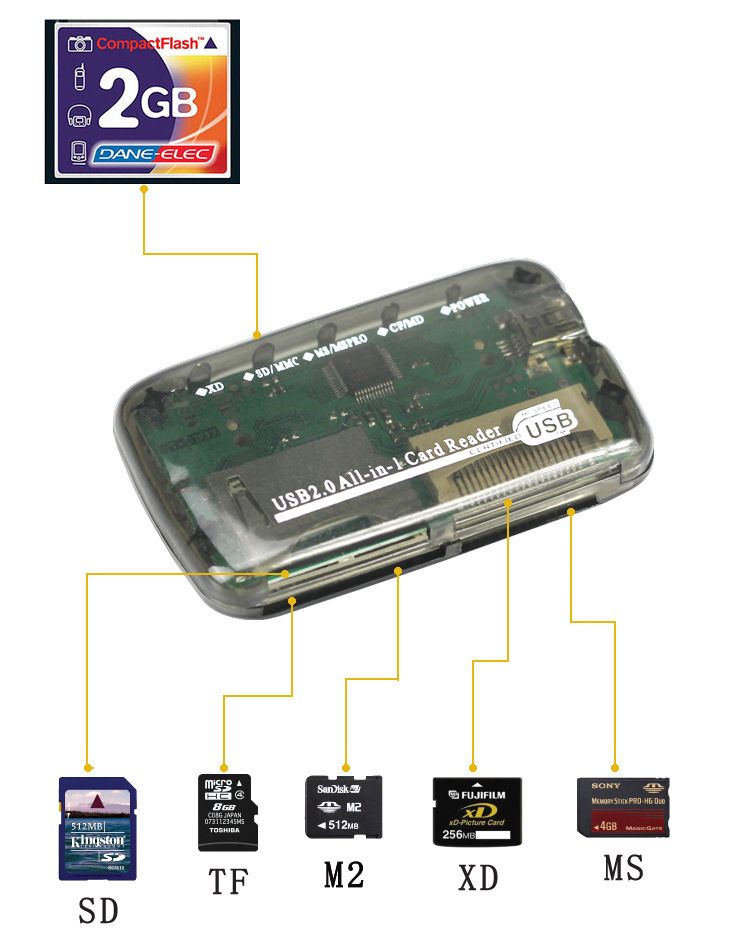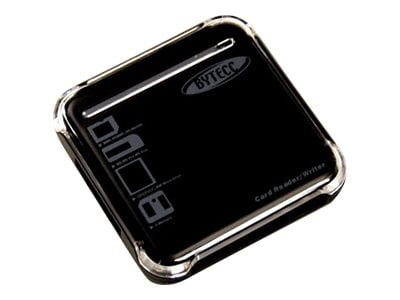

- #Sm card reader how to
- #Sm card reader install
- #Sm card reader driver
- #Sm card reader windows 10
- #Sm card reader portable
The hardware component will still show up in Device Manager even if the card reader is disabled.
#Sm card reader windows 10
Windows 10 doesn’t have an option to disable or enable the card reader like it does for Bluetooth however, it is possible that the card reader is disabled from your BIOS. All the Device Manager does is tell you if you have a card installed on your system.
#Sm card reader driver
Installing the correct driver alone may not fix all problems with your card.
#Sm card reader install
Your SD cad should show up and/or Windows 10 should install the correct drivers for it. If you need to manually install a driver for the SD card, right-click the device and select Update driver. Once you’ve found the device, you should insert your SD card and then scan your hardware for changes. If you need to update, rollback, uninstall, or install a driver, this device is what you need to modify. The name will of course differ based on the hardware i.e. If the device is present, expand it to view the name of your card reader. If this device is absent, your PC or laptop doesn’t have a card reader. Open the Device Manager in Windows 10 and look for a device called Memory technology devices. Like many other hardware components, the card reader isn’t listed by that name which makes it a bit difficult to identify.
#Sm card reader how to
This is easy enough if you know how to find the card reader in Device Manger. If you’re having trouble getting Windows 10 to detect an SD card, you might need to check if the correct drivers are installed and if the card reader is functioning right. Sometimes the card isn’t formatted correctly, other times the correct drivers haven’t been installed. Getting one to work can often be tedious. It also offers 10 years of storage time without power.Windows 10 doesn’t play nice with card readers.

The card may have the letters "ID" marked on the surface. Copy protection: Each SmartMedia card has a unique identification number that can authenticate it to prevent copy violations.Besides the natural advantages conferred by the flash format, SmartMedia is also equipped with the following features. It is less likely to break down from constant use. Because it contains no moving mechanical parts, flash storage has the advantage of fast data transfer rates and reliable performance.
#Sm card reader portable
SmartMedia consists of something called a "NAND flash chip," which is used in most types of portable cards. However, most modern SmartMedia card readers should be able to accept both types of voltages without any problems. The two types are genuinely incompatible with each other.

Two variations are available: a 5-volt card and a 3.3-volt card that may be marked somewhere on the card or the packaging. What types of SmartMedia cards are available? You will find several types of affordable SmartMedia card readers on eBay. SmartMedia is also compatible with floppy drives, PC Card, and CompactFlash Type II with the right kind of adapter. If the reader says something like "x-in-1," then it can read other flash memory formats as well, such as SD cards or Memory Stick cards, so that you dont need to buy multiple proprietary readers for every single format. If you still have SmartMedia cards and need to transfer the data to your computer, then these card readers are the solution. Fuji and Olympic digital cameras were some of the most popular devices to make use of the format. Why should you buy a SmartMedia card reader?īefore the market consolidated around SD cards, the SmartMedia format was commonly used to store data in digital cameras, PDAs, and other portable devices especially in the late 1990s and early 2000s.

These media card readers are designed to work with the SmartMedia format. Introduced in 1995, the format can store anywhere between 2 megabytes and 128 megabytes of data at one time. SmartMedia is a type of flash memory card owned and operated by Toshiba. What You Need to Know About SmartMedia Card Readers


 0 kommentar(er)
0 kommentar(er)
